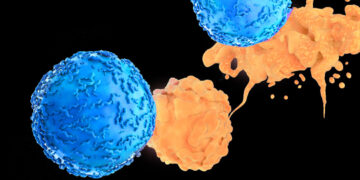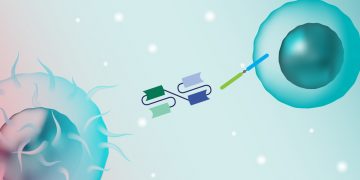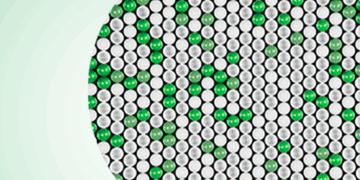
6 Key Considerations for Getting the Long and Short of RNA-Seq with FFPE Samples
When it comes to tumor profiling, the poor quality and degradation of RNA in formalin-fixed paraffin-embedded (FFPE) samples are major limitations. To overcome this challenge, we tested a novel RNA-Seq workflow using the SEQuoia Complete Library Prep Kit and the SEQuoia Ribodepletion Kit. This workflow offers more complex transcriptome profiling, including both long and short RNA biotypes, to better represent the complete transcriptome.

Flow Cytometry Empowers CAR T-Cell Therapies
Chimeric antigen receptor (CAR) T cells represent the next generation of therapeutic interventions and are a major advancement in personalized disease treatment. CAR T-cell therapies utilize a patient’s own T cells to recognize and destroy cancer cells or other disease-causing cells. Find out how the ZE5 Cell Analyzer has helped overcome some of the challenges associated with development of these powerful new therapies.

Maximizing Metastasis Insights with a Novel Integrated Workflow for CTC Enrichment and Enumeration
Watch this webinar to learn how a novel workflow can efficiently isolate CTCs for diverse downstream applications, without disrupting their native biology.

Generating Anti-CD19 CAR T Cells with High Efficiency and Viability via mRNA Electroporation
In this webinar, we describe an mRNA electroporation–based workflow for CAR T cell generation. See how high viability and transfection efficiency were achieved.

Exploring Circulating Tumor DNA (ctDNA) as a New Oncology Clinical Trial Endpoint
Historically, five-year survival rates have been used to evaluate cancer therapeutic effectiveness in clinical trials. But time is critical for research — and for patients. Fortunately, there is a promising method for evaluating cancer therapeutic effectiveness that could potentially offer prognostic insights after just one year. Noninvasive liquid biopsy analysis, including analysis of circulating tumor DNA, is improving researchers’ ability to detect clinical responses more rapidly.

A Pioneering Approach to Biotherapeutic Antibody Discovery
Immunotherapy has revolutionized cancer treatment, yet the drug discovery process to develop new biotherapeutic antibodies remains arduous. However, significant advances in antibody technology such as phage display have enabled fully human antibodies to be developed from animal-free libraries for just about any antigen.

Using ddPCR Technology to Improve Cancer Detection and Treatment Efficacy Monitoring
Cancer remains a leading cause of death worldwide. However, as cancer treatments continue to improve and diagnoses happen sooner, more and more patients are experiencing remission. To further increase survival rates and reduce unnecessary treatment, scientists and clinicians are turning to ultra-sensitive molecular analysis to inform treatment decisions and predict and detect relapse.

Bispecific Antibodies and Cancer Immunotherapy
Bispecific antibodies (bsAbs) are an important addition to the immuno-oncology toolbox. Designed to recognize two distinct epitopes, bsAbs have enhanced binding, specificity, and efficacy compared to current monovalent antibody therapeutics, making them exciting candidates for more targeted cancer treatments. Learn about bsAbs and how our tools can help scientists with their research on therapeutic candidates.

Advancing Molecular Diagnostics for Myelodysplastic Syndrome
No patient who has survived cancer wants to hear that they’ve relapsed. But hearing it sooner rather than later can dramatically increase the chances of finding a successful, potentially life-saving treatment. Using next-generation sequencing and Droplet Digital PCR, researchers at the University of Uppsala aim to detect relapse by monitoring patient-specific biomarkers. Read about their ongoing clinical study.

How FACS, Genetic Screens, and the HAP1 Cell Line Uncover the Biological Mechanisms of Cancer
Genetic screens are powerful tools for finding genes associated with a particular phenotype. They play an especially important role in cancer research and are leveraged to identify predictive biomarkers that can be used to improve treatment efficacy or trace the progression of genetic alterations that ultimately lead to disease. The HAP1 cancer cell line model and fluorescence-activated cell sorting (FACS) bring efficiency to the development of genetic screens that is making them a force to be reckoned with.
